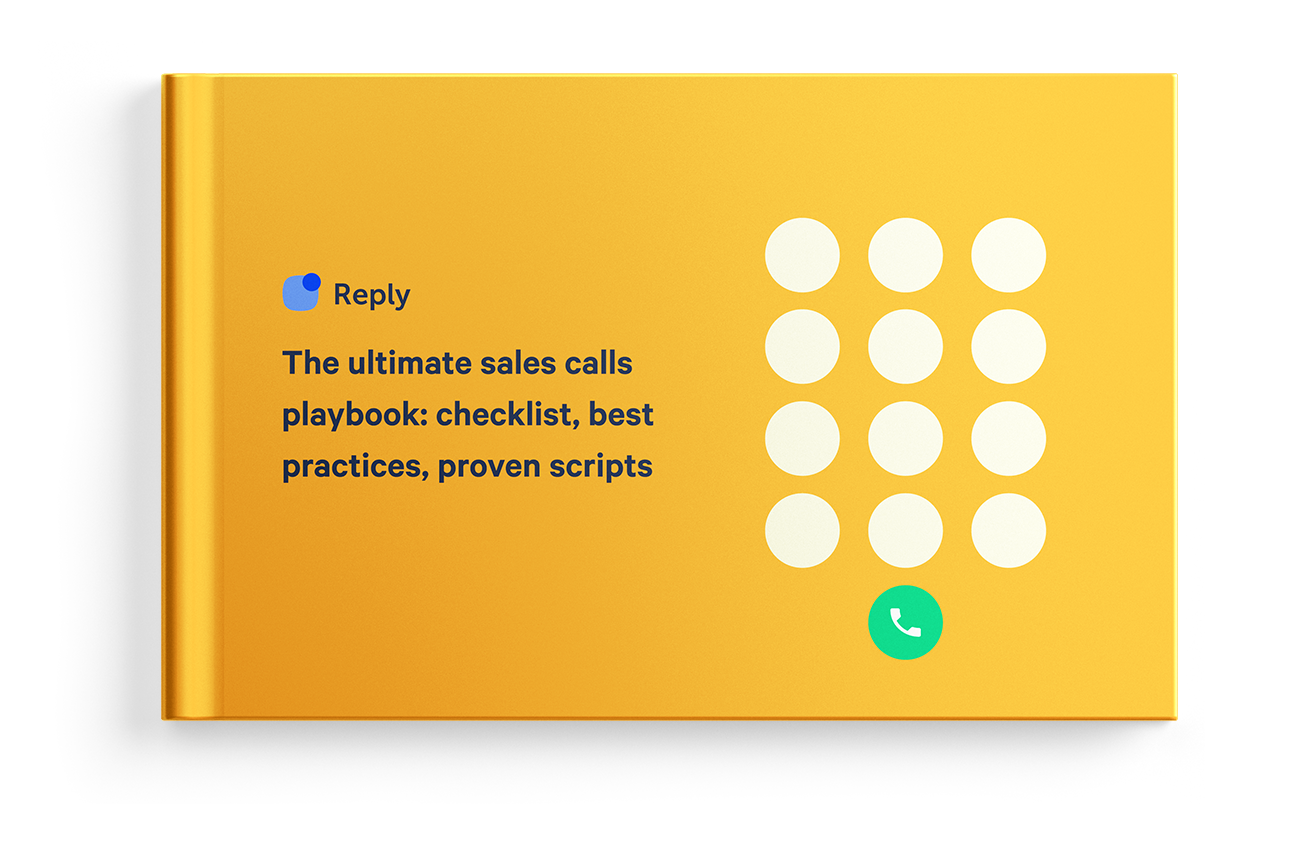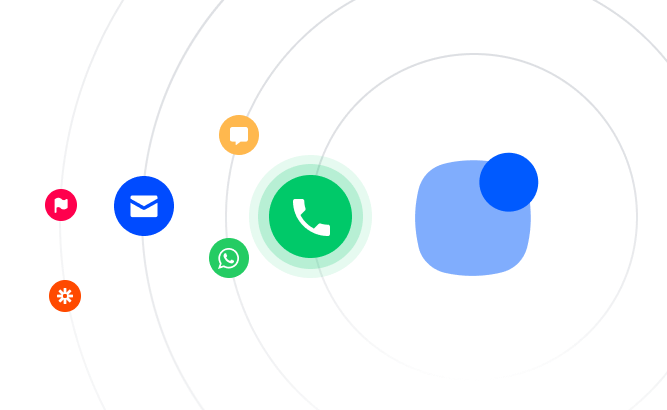In the world of sales, the allure of closing deals and signing contracts often takes the spotlight, captivating the ambitions of every sales professional. However, the proper foundation of successful sales lies not just in the final handshake but in the journey that leads there.
Engaging clients effectively and building trust is the cornerstone of this journey. It’s a nuanced art that requires keen insight and the right set of tools. Among these, sales discovery questions are invaluable — they are the keys that unlock a deeper understanding of client needs, paving the way for solutions that resonate and deals that close.
Let’s dive into the essence of these questions and explore how they can transform your sales approach from the ground up.
What are discovery calls?
Discovery calls are vital in the sales process, serving as the foundational step where sales representatives establish contact with potential clients. This initial interaction is more than just a preliminary conversation; it’s a strategic opportunity to delve into the client’s needs, challenges, and goals.
The primary objective of a discovery call is not to sell but to understand — to gather as much information as possible about the potential client and their situation. This understanding forms the basis for all future interactions, guiding a tailored sales approach that aligns with the client’s specific requirements.
What makes discovery calls successful
The art of listening and questioning
The essence of a successful discovery call lies in the art of listening and asking the right questions. Sales representatives must skillfully navigate the conversation, ensuring it remains focused and productive. This involves asking open-ended questions that encourage the potential client to share detailed information.
Questions may revolve around their current challenges, what solutions they have tried, what success looks like to them, and what their decision-making process entails. The key is to listen actively, showing genuine interest and understanding, and use the information gathered to guide the flow of the conversation.
Building rapport and trust
Discovery calls are also an opportunity to build rapport and establish trust. The manner in which a sales representative conducts the call can significantly impact the potential client’s perception of both the representative and the company they represent.
By demonstrating empathy, patience, and professionalism, sales reps can create a positive and comfortable environment for the client to open up in. Establishing trust early in the relationship is crucial for any future business dealings.
Qualifying the lead
An important aspect of the discovery call is qualifying the lead. This involves assessing whether the potential client fits the ideal customer profile and whether they have a genuine need for the product or service being offered. It’s not just about whether the client can benefit from the product, but also whether they have the authority, budget, and readiness to make a purchase. Efficiently qualifying leads during the discovery call saves time and resources by focusing efforts on prospects with the highest potential for conversion.
Gathering key insights
The information gathered during a discovery call is invaluable. It provides insights into the client’s business, their industry, and the specific challenges they face. This information is crucial for tailoring subsequent sales pitches, proposals, and solutions to the client’s unique needs. It also aids in understanding the broader market and can inform future sales and marketing strategies.
Setting the stage for the sales process
A well-conducted discovery call sets the stage for the entire sales process. It lays the groundwork for a relationship-based sale rather than a transactional one. By the end of the call, the sales representative should have a clear idea of how to proceed, what solutions to propose, and how to address the client’s specific pain points.
It’s also an opportunity to establish next steps, whether that’s scheduling a follow-up meeting, a product demo, or sending additional information.
Continuous improvement
The art of conducting effective discovery calls is one that can always be refined. Sales representatives should continuously seek to improve their questioning techniques, listening skills, and ability to build rapport. Recording calls (with permission) and reviewing them can provide insights into areas for improvement. Additionally, feedback from clients and colleagues can be invaluable in honing this skill.








![How to Write Your Perfect LinkedIn Connection Message [With 15+ Templates] How to Write Your Perfect LinkedIn Connection Message [With 15+ Templates]](https://reply.io/wp-content/uploads/linkedin.messages-1024x538.jpg)